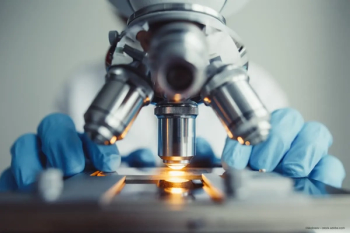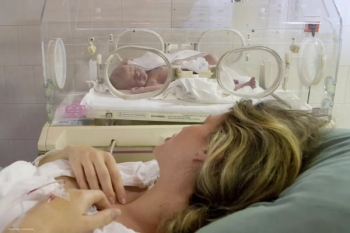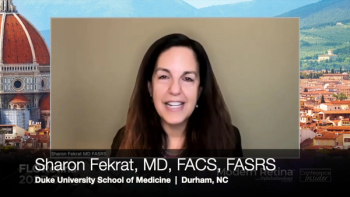
Tightening Schlemm's canal reduces IOP
Tensioning of Schlemm's canal may reduce intraocular pressure (IOP) in non-penetrating surgical treatment of open angle glaucoma (OAG), according to the results of a study conducted by Manfred Tetz and colleagues from Germany.
Tensioning of Schlemm's canal may reduce intraocular pressure (IOP) in non-penetrating surgical treatment of open angle glaucoma (OAG), according to the results of a study conducted by Manfred Tetz and colleagues from Germany.
During a multicentre clinical study at four European and six US outpatient surgical centres, Schlemm's canal was exposed by surgical dissection during viscocanalostomy of 92 eyes. A flexible microcannula was inserted and advanced along the circumference to viscodilate the canal. Then a 10-0 prolene suture was tied to the tip of the microcannula and retracted into the canal and the suture ends were tied to apply tension to the inner wall and the trabecular meshwork. In 33 patients, the trabecular meshwork distension was measured using high resolution ultrasound imaging and correlated to IOP at one, three and six months postoperatively.
Average preoperative IOP was recorded at 27.8 mmHg on 2.0 medications. Six months postoperatively, 19 eyes with low suture tension had an average IOP of 15.0 mmHg on 0.13 medications as compared with 14 eyes with high suture tension whose average IOP was 13.6 mmHg on 0.10 medications.
The authors concluded that there is a correlation between reduced postoperative IOP and increased tension and that by tensioning Schlemm's canal it may be possible to reduce IOP in non-penetrating surgical treatment of OAG.
Ophthalmology Times Europe reporting from the XXIV Congress of the ESCRS, London, 9-13 September, 2006.
Newsletter
Get the essential updates shaping the future of pharma manufacturing and compliance—subscribe today to Pharmaceutical Technology and never miss a breakthrough.













































